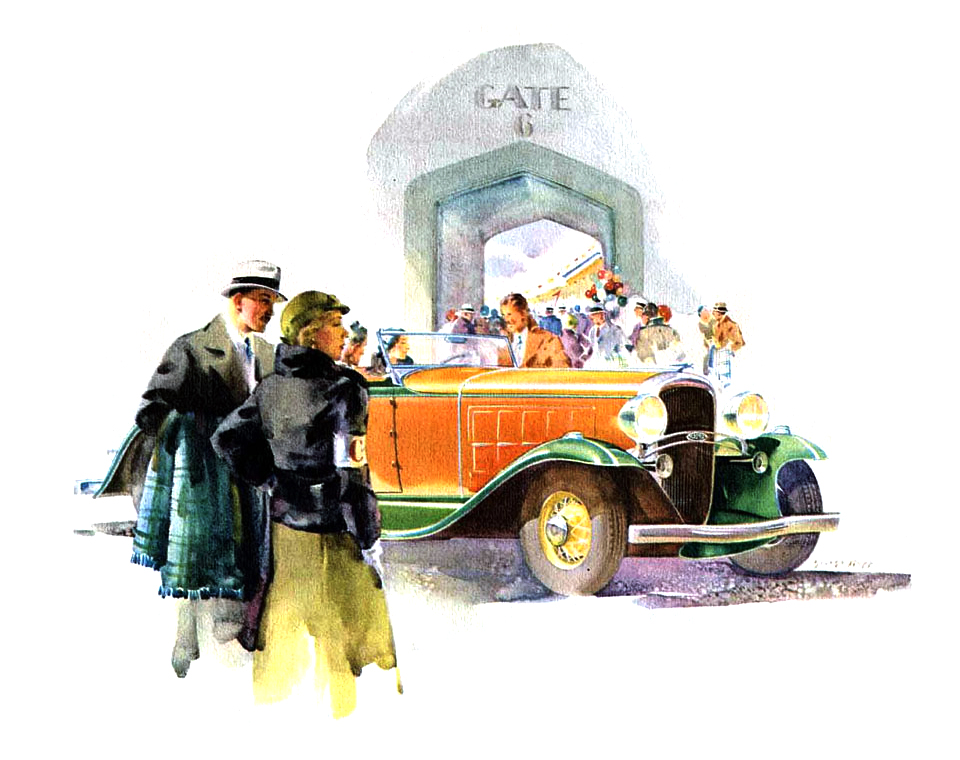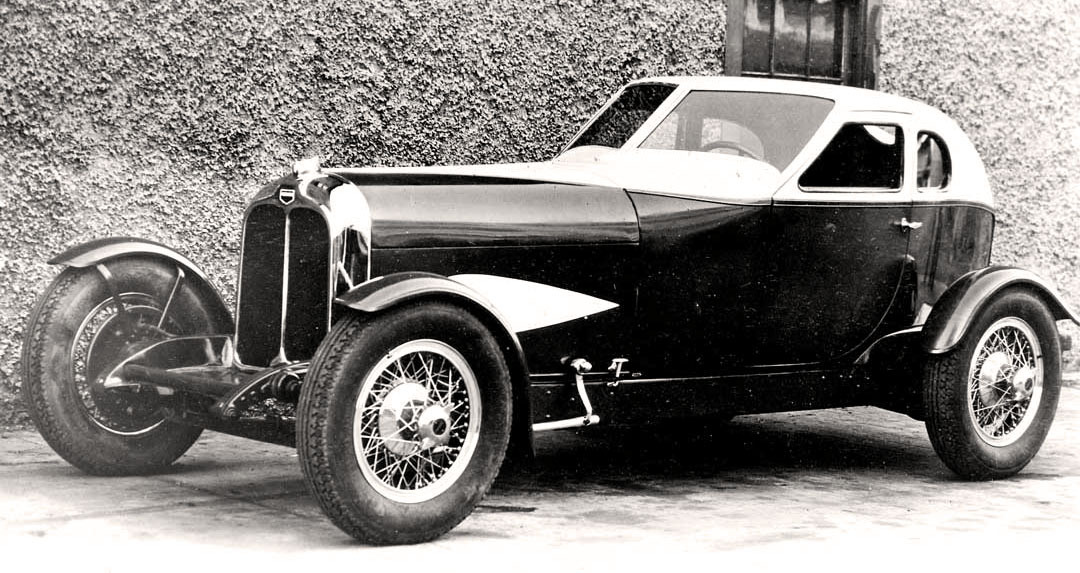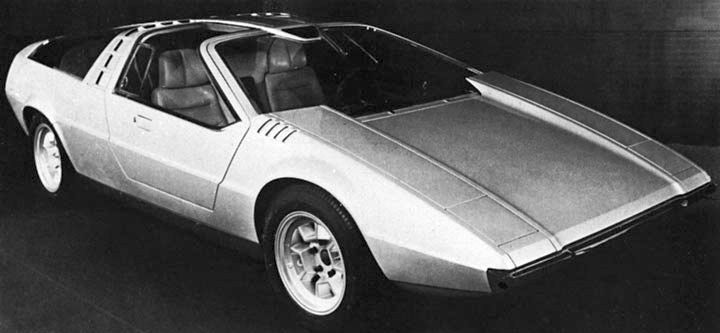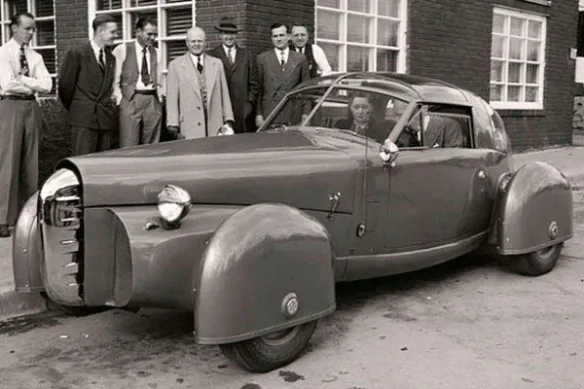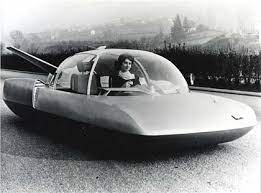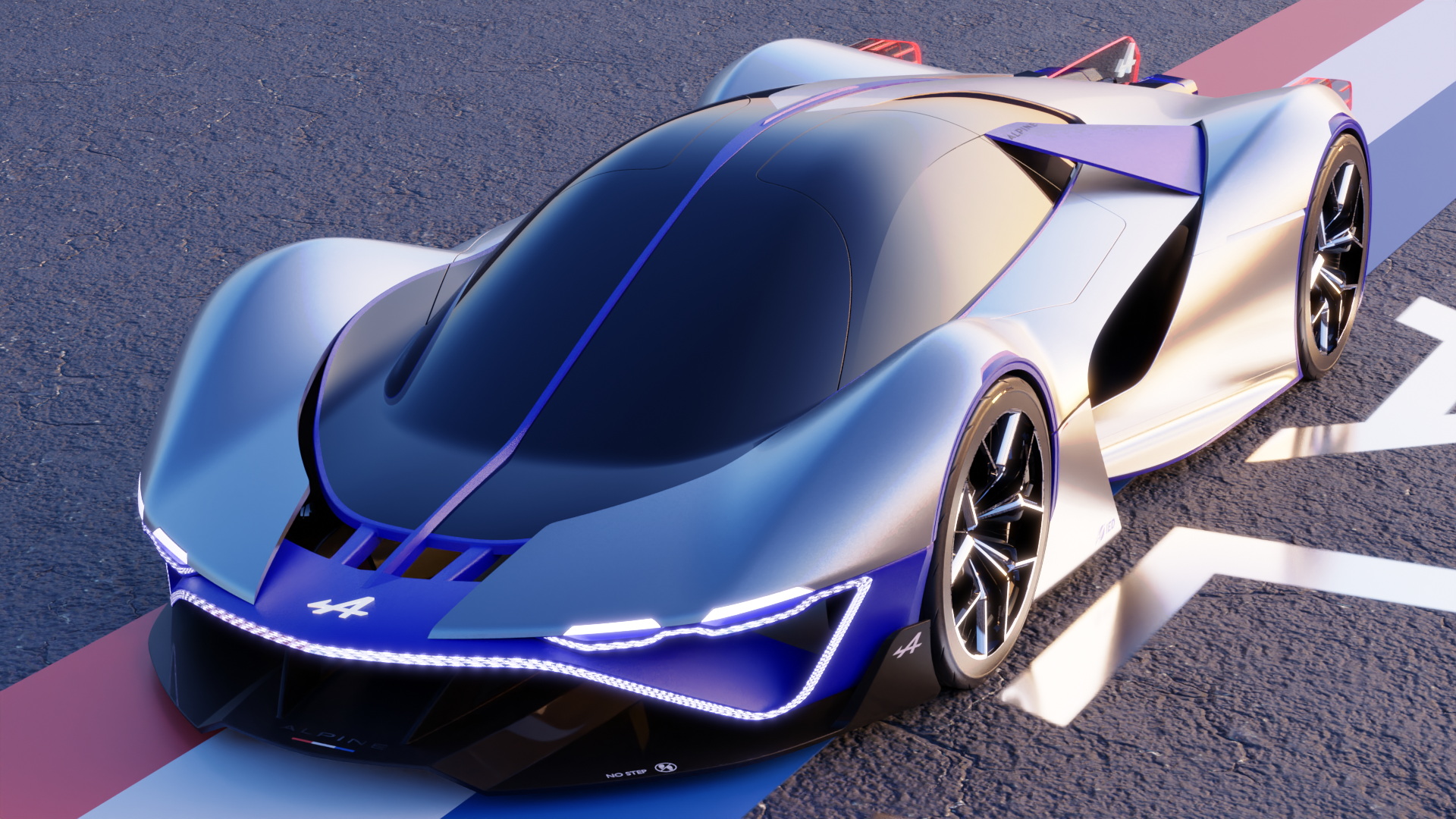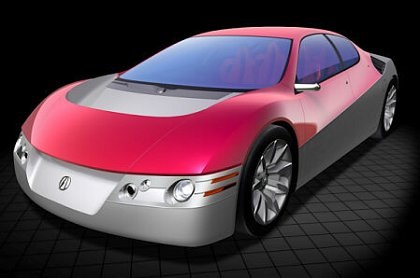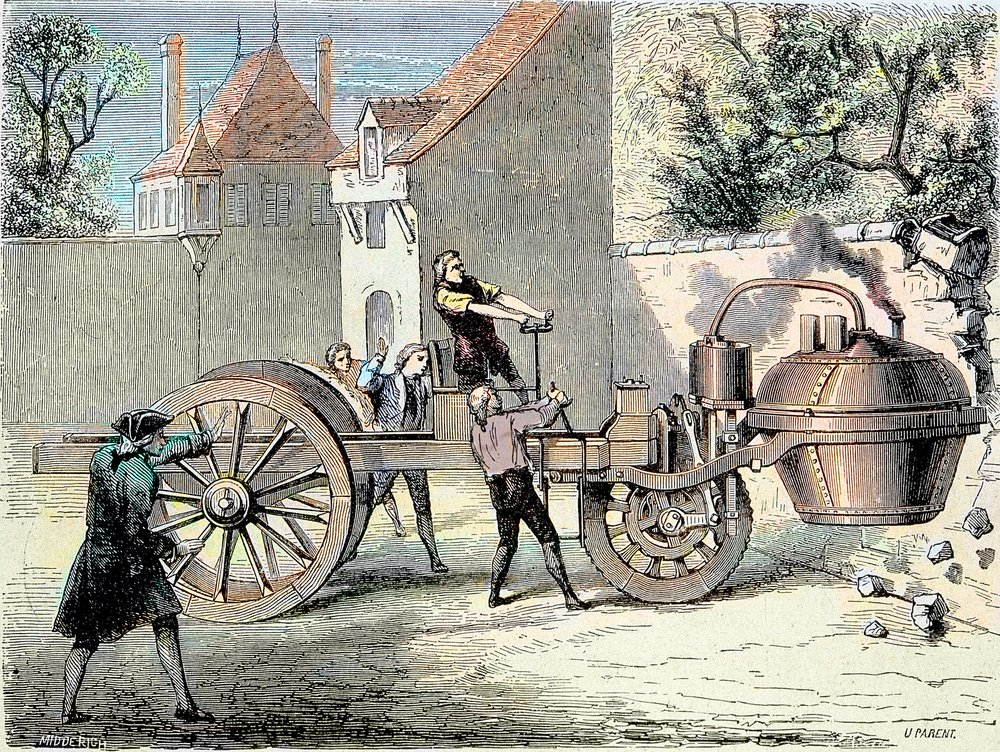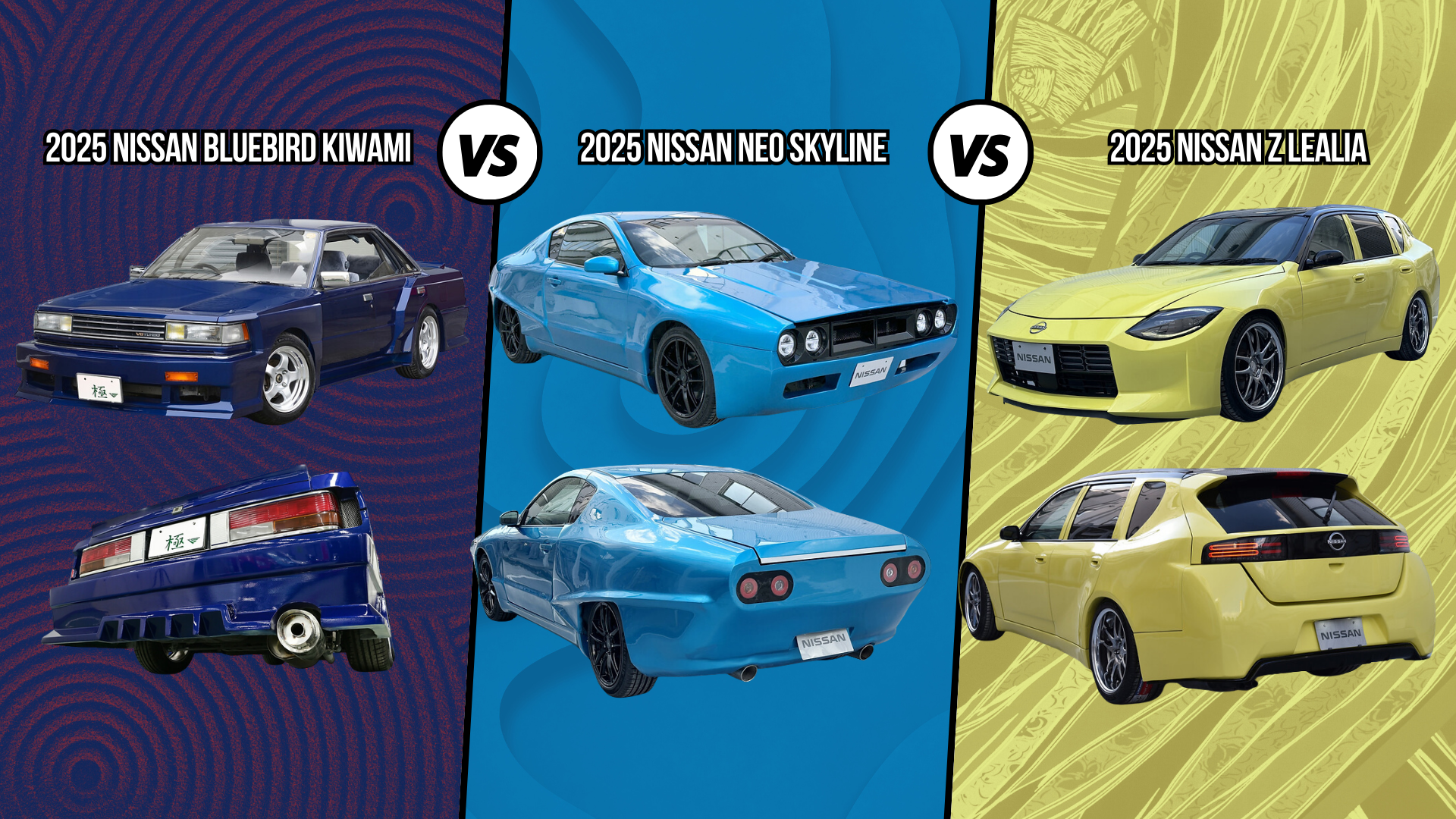Automotive tailfins symbolize mid-20th-century American luxury and design, evoking images of sleek, jet-inspired vehicles roaring down the highway. The evolution of the tailfin represents a perfect blend of engineering innovation and cultural trends, culminating in one of the most iconic and recognizable car design elements in history. From humble beginnings to peak in the 1950s, tailfins remain a defining feature of classic automotive design, representing a golden age of style, power, and optimism.
The Birth of the Tailfin: 1948 Cadillac
The story of automotive tailfins begins in the late 1940s, a time when American automobile design was rapidly evolving. After World War II, the aerospace industry had made significant advancements, and the public was captivated by the speed, sleekness, and futuristic look of airplanes. Automakers, particularly those at General Motors (GM), sought to capture this same sense of dynamism and modernity in their cars. At the forefront of this transformation was Harley Earl, the head of GM’s design division, whose vision would shape the future of car styling.

Earl had already made a name for himself with his designs for Cadillac in the late 1930s, but it was in 1948 that his boldest move would alter the trajectory of automotive design. Inspired by the graceful, streamlined forms of aircraft, Earl approved the work of Frank Hershey, a designer working for GM, who introduced the first tailfin on the 1948 Cadillac. These fins, though modest in size compared to later iterations, were a direct homage to the tail sections of military aircraft, particularly the Lockheed P-38 Lightning fighter plane.
The 1948 Cadillac tailfin was an instant hit and marked the beginning of a new era in car design. The sleek, aerodynamic shape suggested speed and futuristic technology, aligning perfectly with the post-war optimism and fascination with flight. But the tailfin's significance extended beyond just its aesthetic appeal—it was a symbol of the American dream, power, and the potential for boundless progress in a world recovering from the devastation of war.
The Tailfin Era: 1950s and the Competition Between GM and Chrysler
The success of the 1948 Cadillac tailfin set off a wave of experimentation across Detroit, as other car manufacturers sought to capture the same futuristic appeal. By the early 1950s, tailfins had become a widespread design feature, and each year, they had grown larger and more elaborate. Cadillac's success with the tailfin inspired rival automakers, especially Chrysler, to develop their own takes on the design.

In the early 1950s, the company's head of design, Chrysler's Virgil Exner introduced his version of tailfins on models like the 1955 Chrysler and 1957 Plymouth Fury. Exner, who deeply understood aviation and space-age design, began to challenge GM’s dominance in tailfin styling by creating sharper, more angular fins, pushing the boundaries of what was possible in automotive design. The competition between Earl and Exner, often dubbed the "tailfin war", led to increasingly dramatic and bold designs, with tailfins growing in size and complexity each year.

The competition came to a head in 1959, when Cadillac unveiled its most famous creation: the 1959 Cadillac Eldorado. With tailfins that reached staggering heights, extending almost to the rear of the car, and dual bullet-shaped taillights, the 1959 Cadillac became the epitome of tailfin design. The size and grandeur of the fins were unmatched, and the vehicle became an instant icon of American automotive culture. This model, with its space-age aesthetic and dramatic flair, was the pinnacle of tailfin design, embodying the ultimate expression of post-war optimism and the American obsession with speed, power, and modernity.

The Decline of the Tailfin: Late 1960s and Beyond
By the early 1960s, however, the tailfin’s dominance waned. As the automotive industry moved towards more conservative, efficient designs, the once-controversial and now-iconic tailfin began to lose favor. The rise of compact cars and aerodynamic design led to a shift in priorities, and automakers began to focus on fuel efficiency and practicality rather than the extravagant design flourishes of the past.
As a result, the 1960s saw a decline in the prominence of the tailfin. The 1961 Cadillac was one of the first models to feature smaller, more restrained fins, signaling the end of the era of excess. The shift was also driven by changes in consumer tastes, as buyers sought more streamlined and modern vehicles. Despite this, the legacy of the tailfin lived on, and it remained an important reference point in automotive design.

Tailfins in Popular Culture and Legacy
Despite their decline in the 1960s, tailfins never truly disappeared from the cultural consciousness. They became a symbol of the 1950s and the golden age of automotive design, and many classic cars with tailfins are still highly prized by collectors and car enthusiasts. The distinctive design continues to evoke nostalgia for a time when cars were symbols of luxury, power, and the promise of the future.
Automotive tailfins have since become a vintage design feature, sometimes revived in modern interpretations as a nod to the past. In muscle cars and concept cars from the 1970s onward, manufacturers occasionally referenced tailfin styling, incorporating elements like sharp edges or distinctive rear ends that echo the dramatic fins of the 1950s.

Additionally, tailfins have made their way into popular culture, appearing in movies, advertisements, and art. Films like "Grease" and "American Graffiti" showcase the tailfin as an essential element of the era’s automotive iconography. The tailfin’s place in history is cemented not only by its aesthetic influence but also by its representation of the optimism and energy of post-war America.
Conclusion
The history of automotive tailfins is a testament to the powerful intersection of design, technology, and culture. From the 1948 Cadillac to the 1959 Eldorado, tailfins symbolized the American fascination with speed, flight, and the future. The rivalry between Harley Earl and Virgil Exner spurred a golden age of automotive design, where cars were not just modes of transportation but works of art that captured the imagination of an entire generation. Though the tailfin era ended in the 1960s, its influence endures, and it remains an enduring symbol of a time when cars were more than just machines—they were dreams on wheels.






